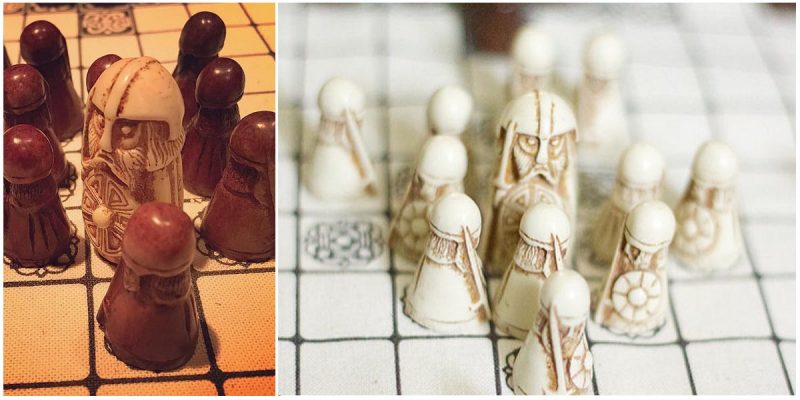The family of Tafl games is at least 1, 500 years old and rather associated with the Vikings who brought it in the entire territory of Scandinavia, Britain and different parts of Europe and Russia.
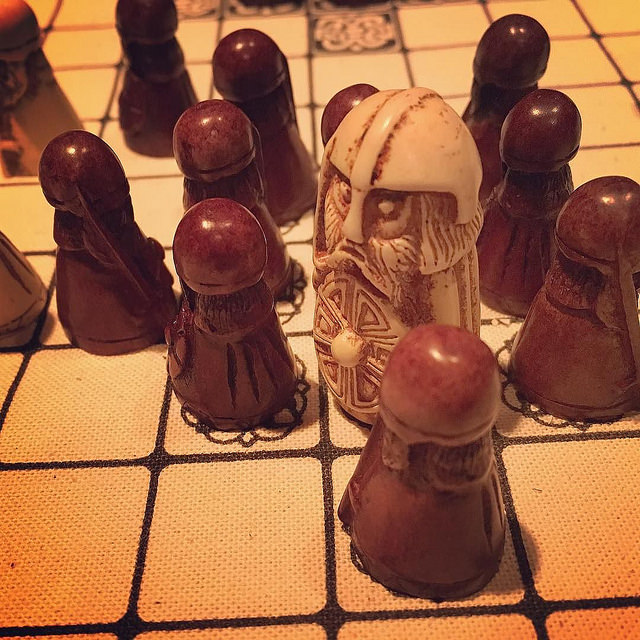
It is a family of ancient Germanic and Celtic strategy board games played on a checkered or latticed game board with two armies of uneven numbers. The attackers aim to surround and kill the enemy King while the defenders must protect their King as he tries to escape to a corner of the board.
The game is simple to learn but might require profound thinking – a classic game of strategic warfare.
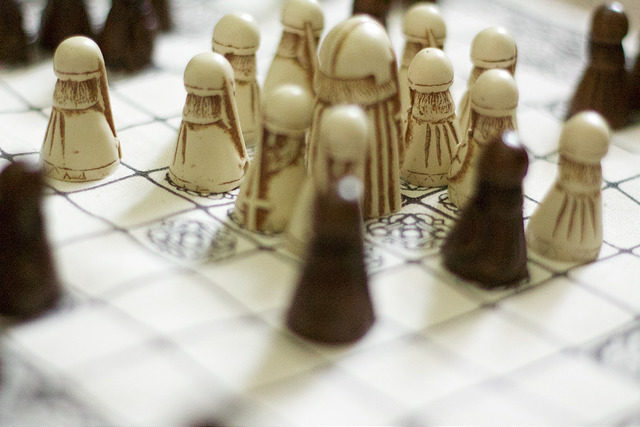
In contemporary literature, Tafl or Hnefatafl, is also known as Brandubh, Tawlbwrdd, Alea Evangelii and Tablut, still less known as Gwyddwyll and Ficheall.
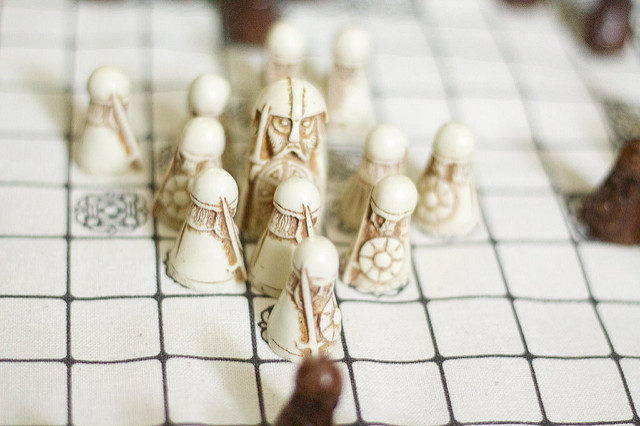
Hnefatafl was mentioned in several medieval sagas, including Orkneyinga saga, Fridpjofs saga, Hervarar saga and others.
These three-period treatments of Hnefatafl offer few important clues about the game, while many other potential references to Hnefatafl or Tafl exist in the saga literature.
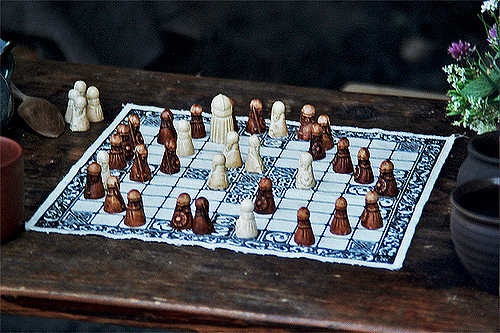
In Orkneyinga saga, the notability of Hnefatafl is evident in the nine boasts of Jarl Rognvald Kali Kolsson who tops his list with skill at Tafl. In Fridpjofs saga, a conversation over a game of Hnefatafl reveals that the king’s men are red and the attackers white.
The most revealing clues of Hnefatafl lie in series of riddles posed by a character identified as Odin in disguise in the Hervarar saga.
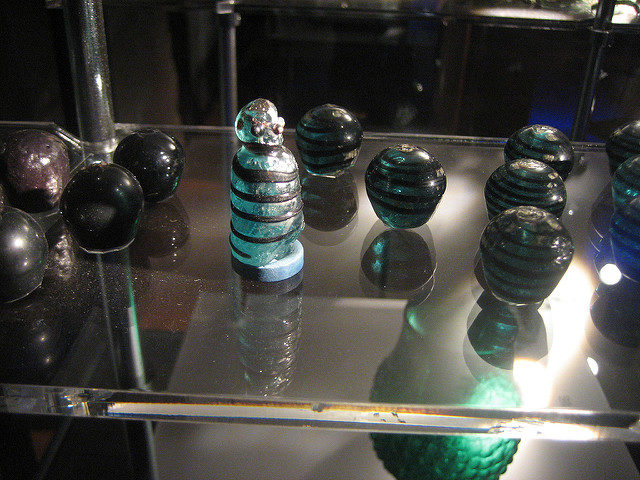
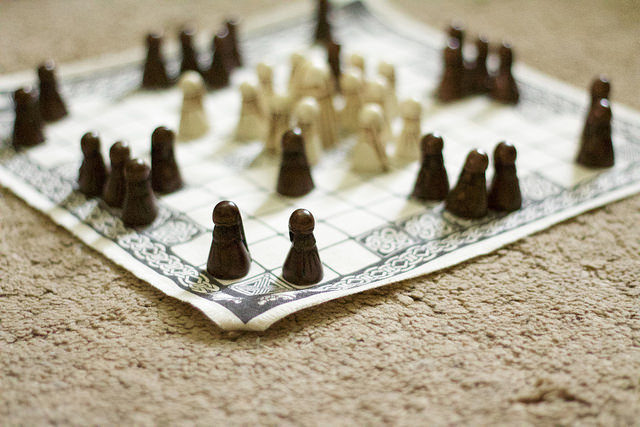
The importance of war is also reflected in Hnefatafl because it is a war strategy game which indicates the important reason why gaming boards were being played by males of all ages.
Vikings tended to take boys onto the battlefield with them which explains why young boys played these war-strategic board games.
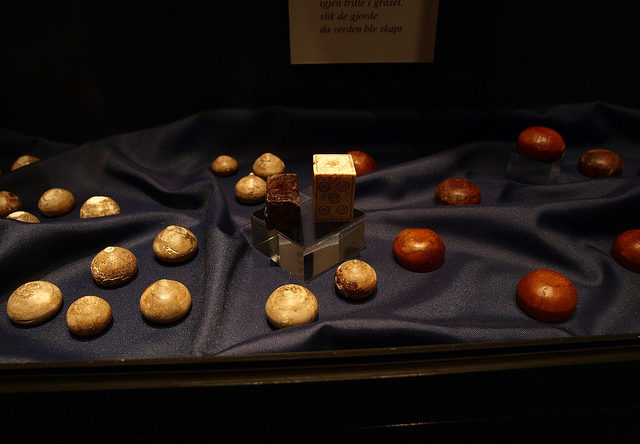
Here is another Viking story from us:Viking shieldmaidens – some say the warrior women did not exist
Today, the game can be bought in a nice cardboard box, with the rules based on those from the 9th and 10th century and the Hnefatafl board of 11 x 11 squares.
